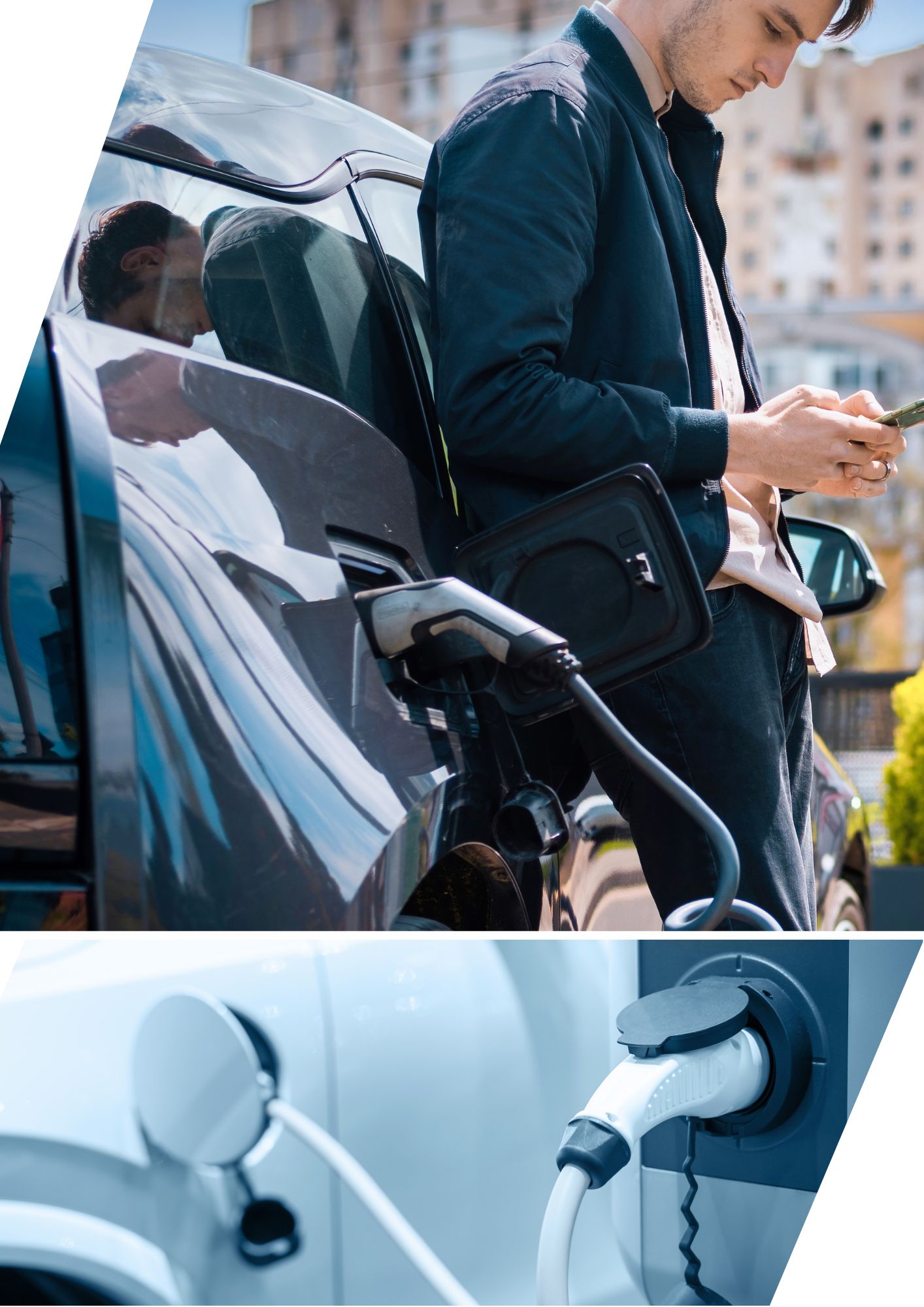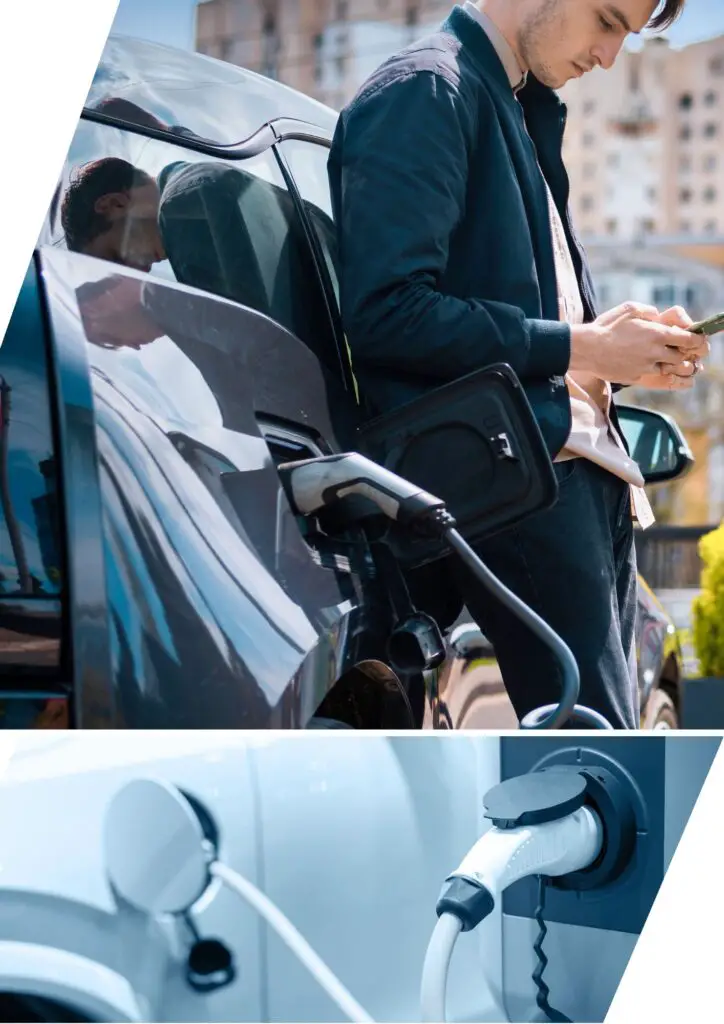Phone:
(701)814-6992
Physical address:
6296 Donnelly Plaza
Ratkeville, Bahamas.

As electric vehicles (EVs) gain popularity, one burning question persists: Can electric cars charge themselves? While today’s EVs rely heavily on external charging stations and home setups, emerging technologies hint at a future where cars might partially or even fully charge autonomously. In this article, we’ll explore the challenges, technological advancements, and potential innovations that could make self-charging electric cars a reality.

Currently, EV owners rely on a few standard methods to keep their vehicles powered, such as home charging stations, public chargers, and rapid charging points on major highways. While these systems offer flexibility, they come with limitations, such as wait times, charging infrastructure costs, and dependency on specific locations.
The demand for self-charging EVs stems from the need to overcome these infrastructure-related obstacles. A self-charging EV could reduce the frequency of charging stops, enhance travel convenience, and reduce dependency on an extensive charging network. For these reasons, developing autonomous charging solutions is crucial for the future of sustainable transportation.
Modern EVs employ regenerative braking, a technology that recovers some of the energy lost during braking and feeds it back into the battery. While regenerative braking helps extend range slightly, it falls short of achieving complete self-charging.
Another approach is Kinetic Energy Recovery Systems (KERS), which capture kinetic energy during vehicle operation. These systems, while promising, currently provide only a small fraction of the power needed to fully charge a battery, making them an auxiliary, rather than primary, charging solution.
One approach to autonomous charging involves integrating solar panels into EVs. Though solar panels on a car’s surface can capture sunlight and convert it into energy, the power output remains limited due to the small surface area and efficiency constraints. Current experiments with solar cars show potential for added range, but a full charge from solar panels alone remains unfeasible without significant advancements.
Some innovators have considered small-scale wind turbines mounted on EVs to generate electricity. While wind energy could theoretically provide extra power, the challenges include noise, drag, and the fact that consistent wind speeds are often unattainable on the road. Thus, wind turbines remain an intriguing concept but are unlikely to be practical on a large scale.
Inductive charging involves transferring energy wirelessly through an electromagnetic field. This method is already used for devices like smartphones, and several companies are testing its use for EVs in parking spaces or garages, where cars could “dock” and charge without a physical connection.
A step further in inductive charging is embedding inductive chargers within roads themselves. As EVs drive over these specially designed roads, they could wirelessly receive power. Although promising, this technology faces challenges, including the high cost of infrastructure and the technical requirements to enable continuous charging.
Dynamic wireless charging technology allows cars to charge while in motion, offering a potential solution to continuous range limitations. This works by embedding charging coils beneath the road surface, which transmit energy to vehicles equipped with matching receivers. This technology is still in its infancy but represents a promising direction for overcoming the limits of static charging.
In real-world trials, dynamic charging roads have been tested in the U.S., Europe, and Asia. The concept has shown promise, particularly in urban areas and highways. However, mass adoption requires substantial investment and global cooperation, as well as technological improvements to make the process efficient and affordable.
Battery technology has rapidly evolved over the past decade, with new high-density batteries offering greater capacity, longevity, and energy efficiency. These advancements mean less frequent charging, though they still do not eliminate the need for an external power source.
Researchers are exploring self-charging batteries that can capture ambient energy from the environment. Although still in early stages, these batteries could, in theory, harness small amounts of energy passively, potentially contributing to the development of self-charging EVs.
Artificial Intelligence (AI) plays a crucial role in managing energy consumption in EVs. By analyzing driving patterns, AI can optimize power usage, extend battery life, and even predict the best times for charging. This intelligent system could help make the concept of a self-charging EV more feasible by minimizing energy loss and maximizing efficiency.
AI-powered systems could also enable predictive maintenance and better energy allocation, ensuring that the battery functions optimally. By monitoring vehicle health and adjusting energy consumption based on real-time data, AI enhances the vehicle’s overall efficiency, potentially reducing the need for frequent charges.
The journey to self-charging EVs isn’t without obstacles. Battery weight, limited energy recovery methods, and the high cost of emerging technologies pose significant barriers. Addressing these technical challenges requires innovative approaches and considerable funding.
While self-charging EVs could reduce fossil fuel dependency, the environmental footprint of manufacturing and implementing new charging technologies must be carefully evaluated. Additionally, widespread self-charging technology could lead to significant upfront costs, impacting its adoption and accessibility.
High-capacity solar and renewable energy-powered charging stations could play a major role in the future of EV charging. These stations could operate independently of the grid, enabling sustainable charging in remote areas and potentially reducing reliance on traditional charging infrastructure.
Autonomous robots designed to charge parked EVs represent an alternative to self-charging technology. These robots could locate vehicles needing power, connect to them, and initiate charging independently, making them a flexible, mobile solution that complements existing infrastructure.
Self-charging EVs could have a positive environmental impact, as they could decrease the need for fossil-fuel-based electricity generation. By harnessing renewable resources such as solar and wind, self-charging technology would promote cleaner, greener transportation.
Self-charging cars would offer unparalleled convenience, reducing the need for extensive charging networks and making EV ownership more practical, especially in regions with limited infrastructure. This could increase EV adoption and further accelerate the shift toward sustainable transportation.
Industry experts remain cautiously optimistic about the potential for self-charging EVs. Automotive engineers, environmental scientists, and technologists see self-charging as a possibility but acknowledge that significant breakthroughs are required to make it viable.
In the short term, full self-charging remains a distant goal, though incremental advancements could improve EV efficiency and range. Long-term, however, innovations in AI, battery technology, and renewable energy integration may turn self-charging from a concept into a reality.
As electric vehicles continue to transform the automotive industry, the possibility of self-charging EVs remains an exciting frontier. While current technology doesn’t allow for full self-charging, ongoing innovations in solar power, wireless charging, AI, and battery efficiency hold promise for the future. In time, these advancements may bring us closer to a world where electric cars can charge themselves, making sustainable, hassle-free travel a reality.
Full self-charging EVs aren’t yet possible with current technology, but incremental advancements are paving the way toward that future.
Regenerative braking provides some energy recovery but isn’t powerful enough to fully charge an EV battery.
Not entirely; current solar technology doesn’t capture enough energy to fully charge an EV, though it can extend range.
The technology is being tested, but widespread implementation faces infrastructure and cost challenges.
Self-charging batteries are still in development, primarily for smaller devices, and aren’t yet feasible for EVs.
AI can optimize energy use, but full self-charging requires further advancements in hardware and energy generation.